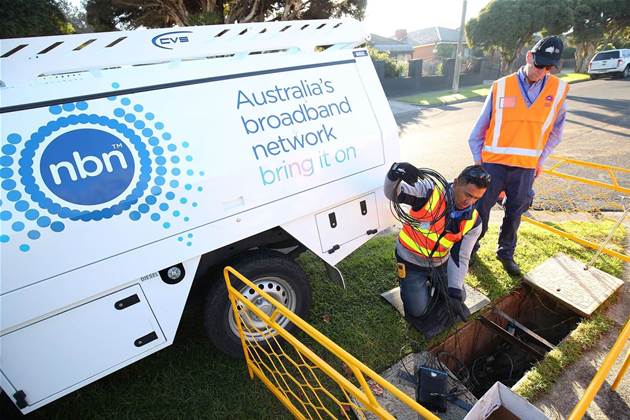Dyson Launches Airwrap 2x: Twice the Strength and Improved Styling Options
We independently review everything we recommend. When you buy through our links, we may earn a commission which is paid directly to our Australia-based writers, editors, and support staff. Thank you for your support!

Brief Overview
- Dyson launches the Airwrap Co-anda 2x, featuring a new Hyperdymium 2 motor.
- Provides a 6-in-1 styling device: dry, curl, wave, straighten, smooth, volumise.
- Incorporates smart technology for optimal styling.
- Available in Ceramic Pink and Jasper Plum starting July 30th for A$999.
Presenting the Dyson Airwrap Co-anda 2x
Dyson’s latest breakthrough, the Airwrap Co-anda 2x, represents a major step forward in the field of hair styling technology. It is equipped with the most powerful hair care motor from the company to date, the Hyperdymium 2, which produces double the air pressure compared to its earlier model.
Unrivaled Power and Accuracy
The Hyperdymium 2 motor rotates at a remarkable 150,000rpm, resulting in quicker drying times and decreased heat damage. This innovation enables users to create longer-lasting curls and straighter styles while ensuring hair health is safeguarded. Dyson’s mastery in motors, fluid dynamics, and materials is evident in this sophisticated tool.
Versatile Styling Functions
The Airwrap 2x serves as an adaptable 6-in-1 tool that can dry, curl, wave, straighten, smooth, and volumise without excessive heat. Its compact and lightweight structure improves user control and user-friendliness during styling sessions.
Advanced Technology for Smarter Styling
The Airwrap 2x features state-of-the-art technology that streamlines the styling process.
Attachment Recognition
Every attachment comes with an RFID chip, enabling the styler to automatically modify settings for temperature and airflow to suit each tool optimally.
Customised Curling
Through the MyDyson app, users can establish a tailored curling routine, modifying heat and airflow for the ideal curl at the touch of a button.
Smart Heat Management
Thermistors monitor air temperature 1,000 times every second to ensure consistent heat levels that avert hair damage.
Reinvented Attachments for Superior Styling
The Airwrap 2x includes a collection of reimagined attachments that cater to diverse styling requirements.
Co-anda2x Curling Barrels
Offered in 30mm and 40mm sizes, these barrels employ potent airflow to form either voluminous or loose curls that can be created in both directions.
Anti-snag Loop Brush 2x
Specially designed loop bristles reduce snagging, ensuring a smoother finish, with enhanced control provided by new hook bristles.
AirSmooth2x Attachment
This device utilises high-velocity air to straighten hair with reduced frizz, featuring arms that release hair automatically.
Fast Dryer 2x
Delivers drying capabilities akin to the Dyson Supersonic hair dryer, rapidly transitioning hair from wet to damp.
Product Availability and Pricing
The Dyson Airwrap Co-anda 2x multi-styler will be released in Ceramic Pink and Jasper Plum on July 30th at a price of A$999. While it’s a premium offering, this is an investment that promises enduring value for professional-level results at home.
Conclusion
Dyson’s Airwrap Co-anda 2x merges innovative technology with versatile styling functions, offering users salon-worthy results while preserving hair health. Featuring an advanced motor, smart capabilities, and newly designed attachments, it establishes a new benchmark in hair styling devices.











